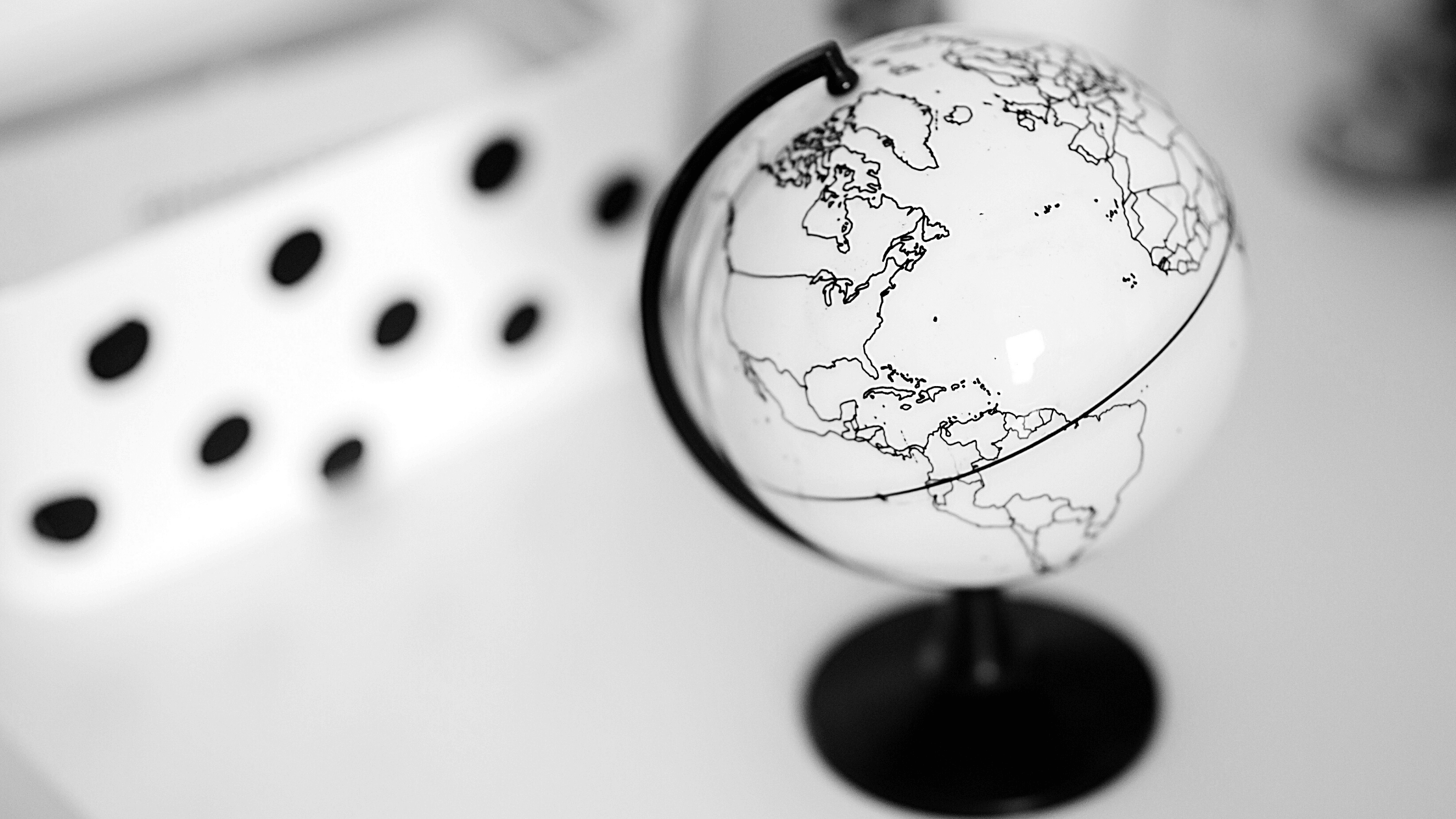Parlons de la Grande Caraïbe • Dépassons cette image de carte postale bien connue
Parlons de la Grande Caraïbe • Dépassons cette image de carte postale bien connue

One foot on the American continent, the other in the Caribbean Sea.
A singular composition, ranging from tiny islands to immense continental territories.
An incredible history, marked by slavery, conquests, revolts, revolutions and independence.
A region rich in its mixed populations and cross-cultures.
An area facing multiple challenges – underdevelopment, the fight against poverty, environmental protection, political instability?
This is the Greater Caribbean.
I have chosen the one presented by Romain Cruse in his interesting work A Popular Geography of the Caribbean (Mémoire d’encrier Editions, 2014).
« It is the framework of choice for Caribbean people who support a region that is united, politically and economically strong on a regional level, and that can influence the affairs of the hemisphere. This definition includes the insular Caribbean, Venezuela, Colombia and the whole of Central America, including Mexico. »
Another interesting definition is that of Pascal Buleon in Atlas Caraïbe.
« It is around the sea that the Greater Caribbean is organised, on the 4.3 million km² of the Caribbean Sea and the Gulf of Mexico. This sea has been the vehicle for the historical, economic, political and cultural construction of all these societies, their family resemblance as well as their variations and differences. It is an American Mediterranean. »